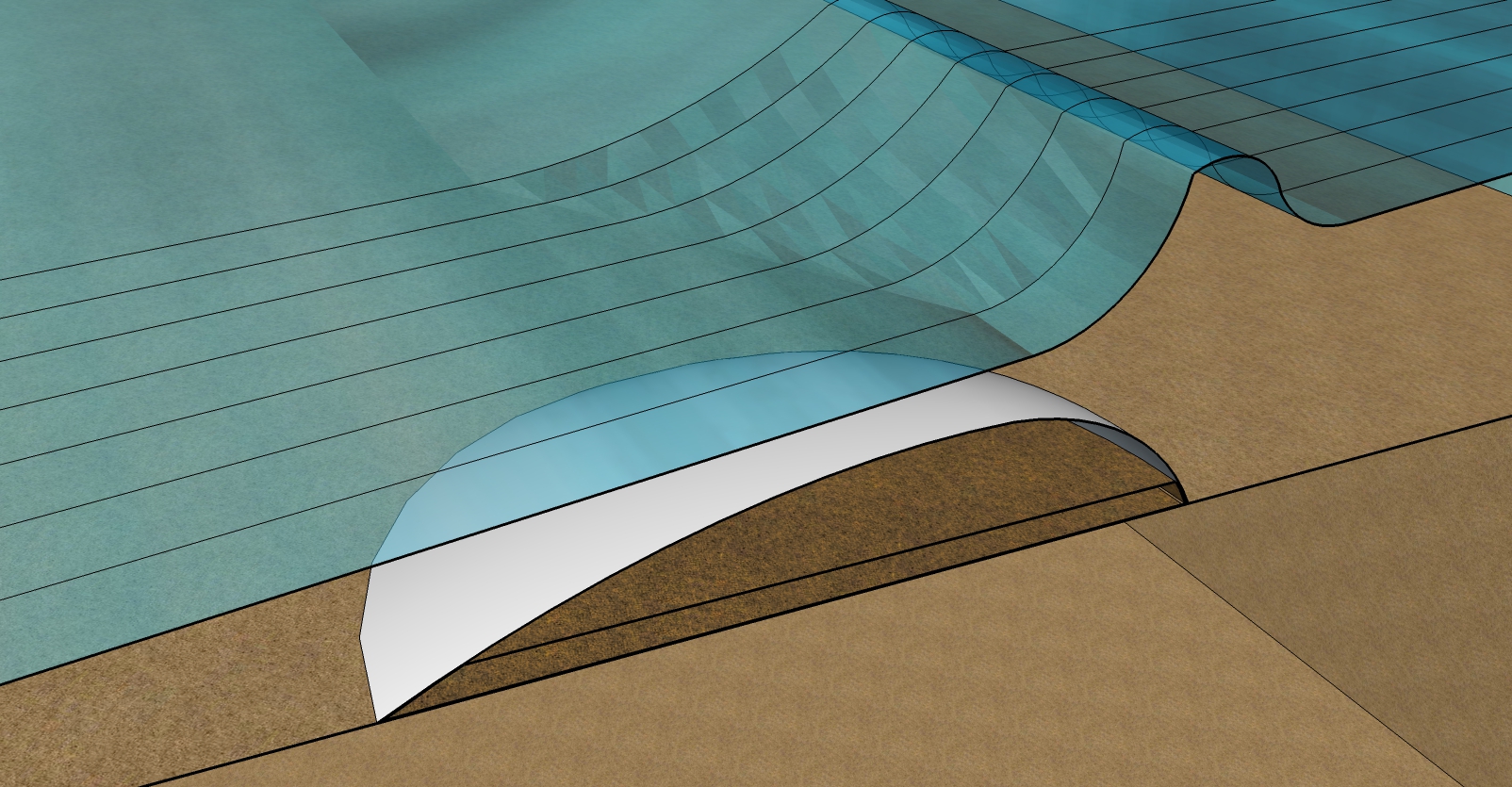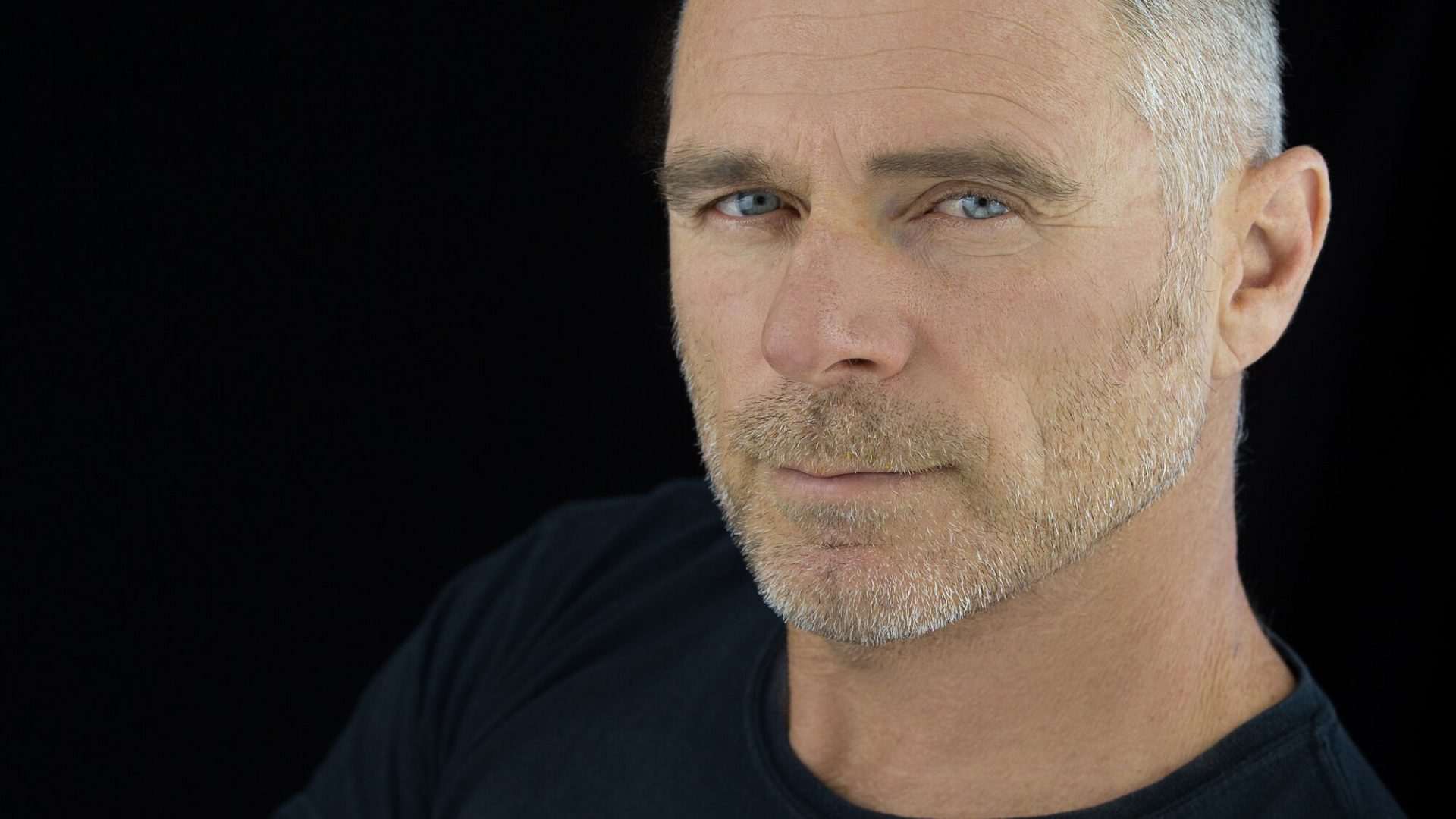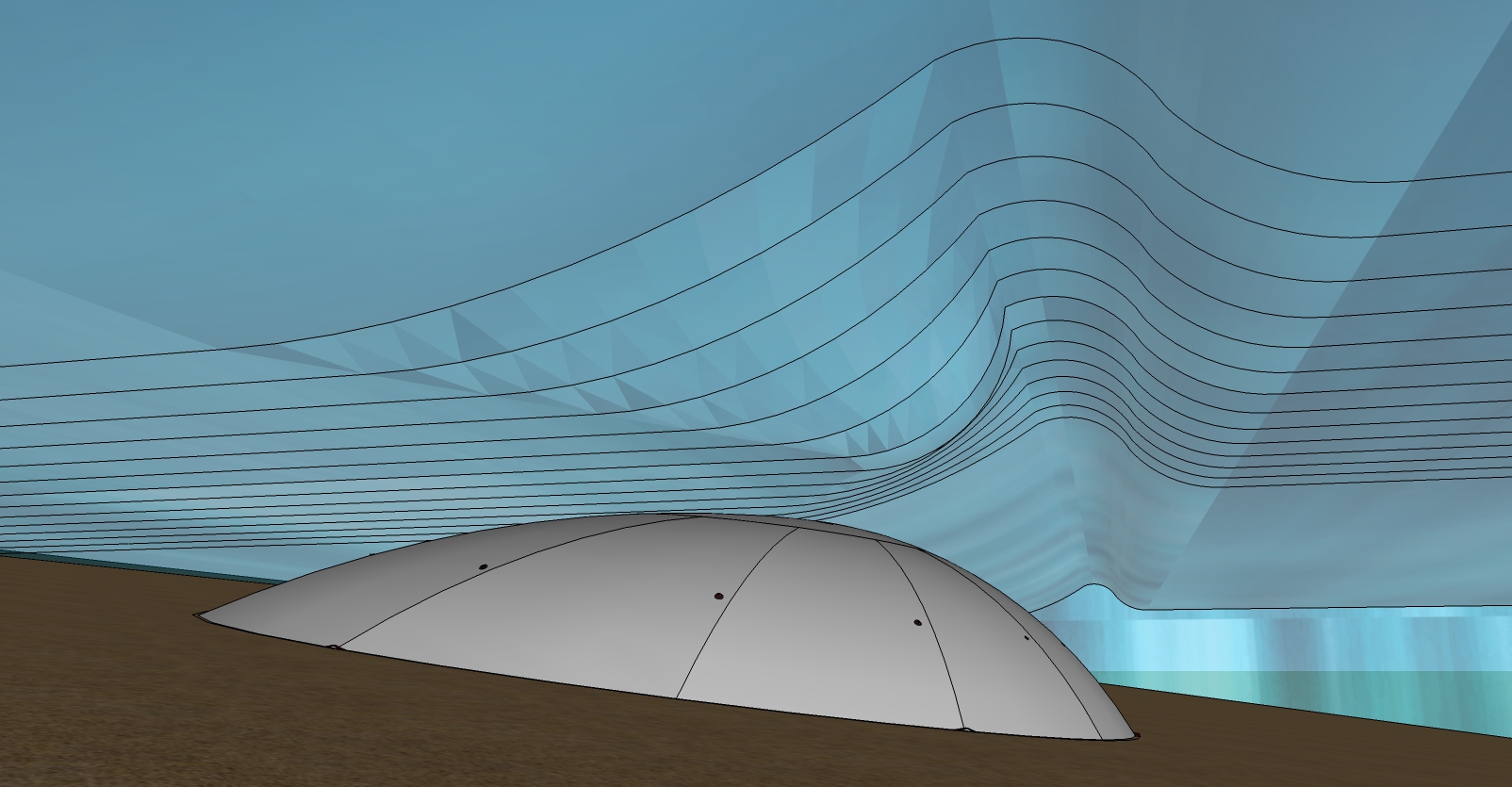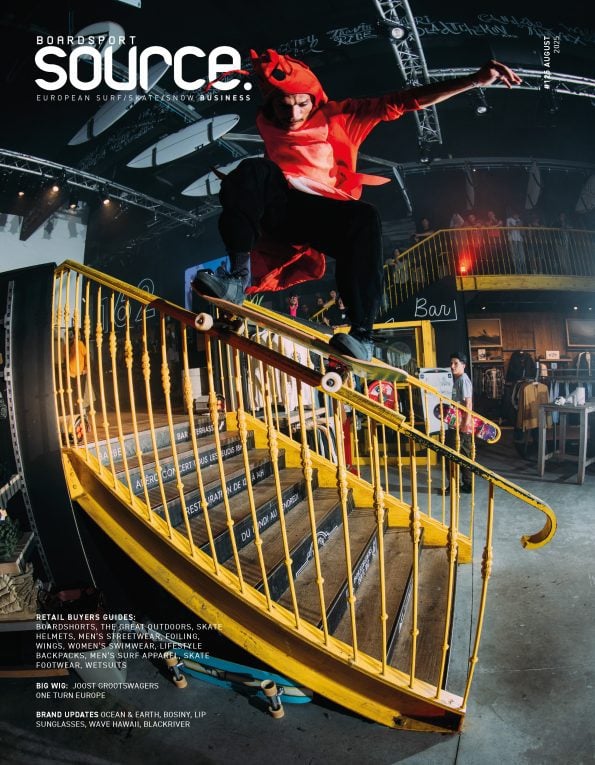
Inflatable Reef Inventor Troy Bottegal Tells SOURCE About Opening Of 1st Prototype In Australia
SOURCE talks with Troy Bottegal, inventor of the Airwave, based out of Western Australia. Airwave, an inflatable device, anchored by sand to imitate a reef or sandbar is due to have its first prototype installed this southern hemisphere summer and Bottegal talks us through the idea behind the invention and how it came about.

Please explain how long you have been working on Airwave, the idea behind it, how it came about and where you are at with the project.
All up I’ve been working on the concept or around 10 years. It came about with a light bulb moment, whilst in the bath looking up at a smoked glass oyster light fitting. We are ready to install the world’s first full size prototype this summer. We have permissions in place, a manufacturer ready and the install team poised to go. Installation date will be February next year, when the required funding comes through.
Who is on the management team and what are their backgrounds?
I am a sole trading company. All of the team are contracted to my company. The Installation company is one of the leading marine installation companies in Western Australia.
The manufacturer of the Airwave is a company that, for IP reasons, I cannot name at this stage, however they are an internationally certified leader in their field. I am the inventor, overall project manager and publicist.
Could you explain both technically and simplistically how the reef system works? How many people are needed to install it?
Basically the Airwave is an inflatable dome, anchored internally by sand, installed in relatively shallow water, close to the beach. It acts like a reef edge and a sand bank at the same time, slowing and lifting the swell at one point and causing a bowling, a-frame peak, that peels left and right as the modified swell moves into shallower water. It basically just imitates a perfect sand bank.
How does your product differ from anything else on the market?
There is nothing like the Airwave on the market. Most Artificial reefs are made up of huge sand bags or large amounts of rock and take many months to install. The Airwave is very compact and installs in under two days, is removable and it’s design lends itself to multiple installations on the same stretch of beach in a very short space of time.
With the boom in man made waves at the moment, what traction are you seeing from this?
The Airwave concept is starting to receive an increasing amount of attention across the world surf media, mainly through press releases from my company and a kickstarter campaign we have live at the moment, to promote the Airwave and maybe act as a source of funding for the Bunbury City project. The public are still hesitant to fully accept the technology, however after the first installation is complete, I believe this situation will change rapidly.
Are you working in partnership with any events? Any affiliations with competitions or pro athletes?
Not as yet. We will be approaching the various surfing bodies and organizations after the first installs sees positive results. We may approach various stakeholders in the surfing world to offer promotional opportunities at the first installation site.
Where is everything manufactured and how are you being mindful of the environment?
I can’t specify the whereabouts of the manufacturer at this stage. We are in the last phase of completing patenting and this would only complicate that process.
As far as the environment is concerned, the Airwave was designed around mitigating the environmental challenges first and foremost, whilst still making a surfable wave happen.





